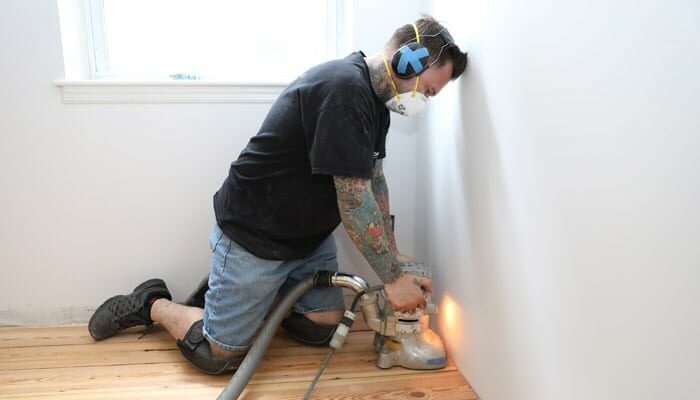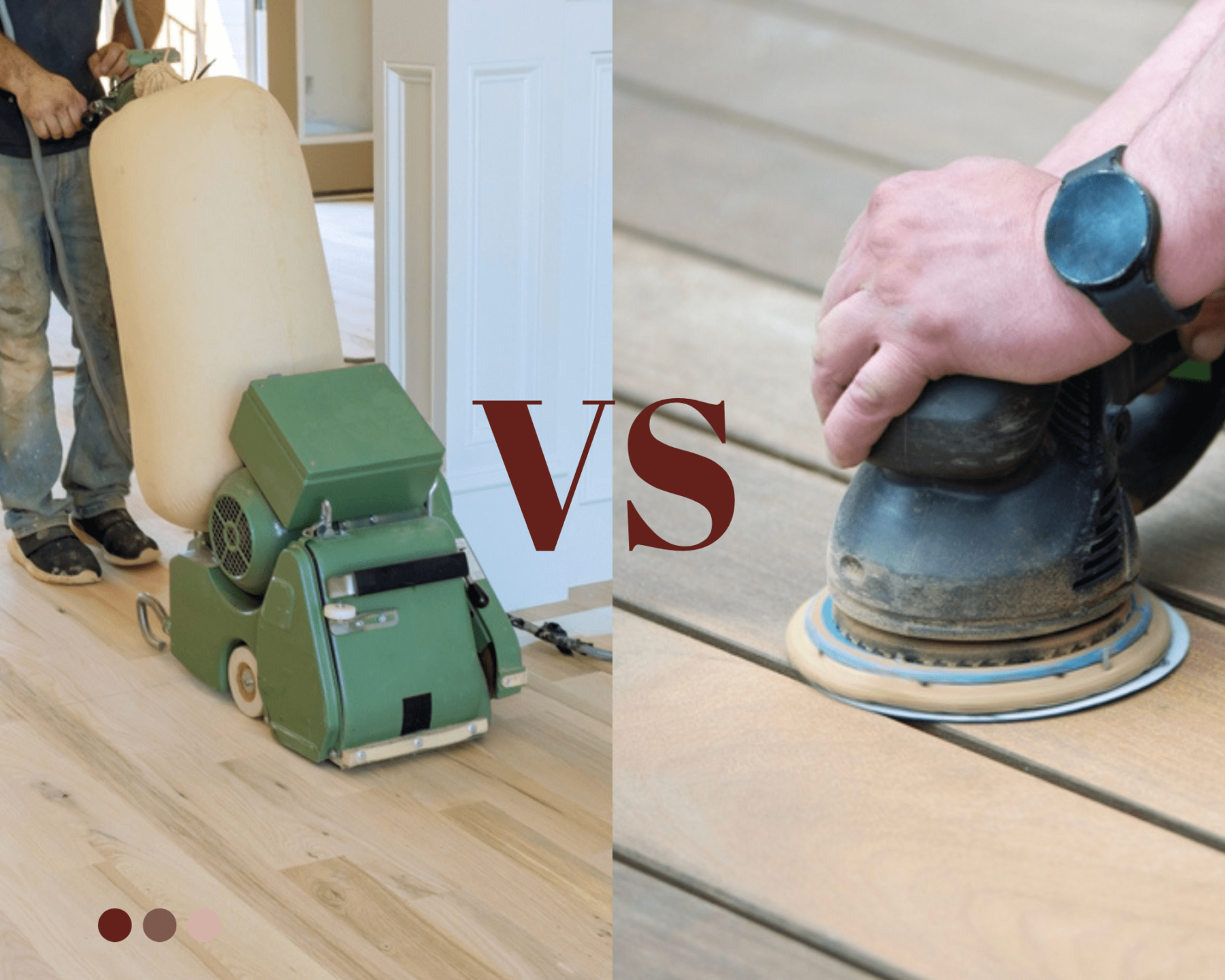London:
Nationwide:
Wood Floor Sanding & Polishing Vs. Dustless Floor Sanding: Which is Right for You?
Posted on May 22, 2023
News
Comparing Wood Floor Sanding and Polishing with Dustless Floor Sanding
A wooden floor lends timeless elegance and sophistication to any property. But to keep it at its best, you must embark on regular maintenance, often sanding and polishing. Traditionally, this is a dusty process that can turn your home into a veritable construction site. However, a new method, dustless floor sanding, promises to minimize the mess. This comprehensive guide examines these two methods, helping you understand the differences, advantages, and drawbacks of making an informed decision.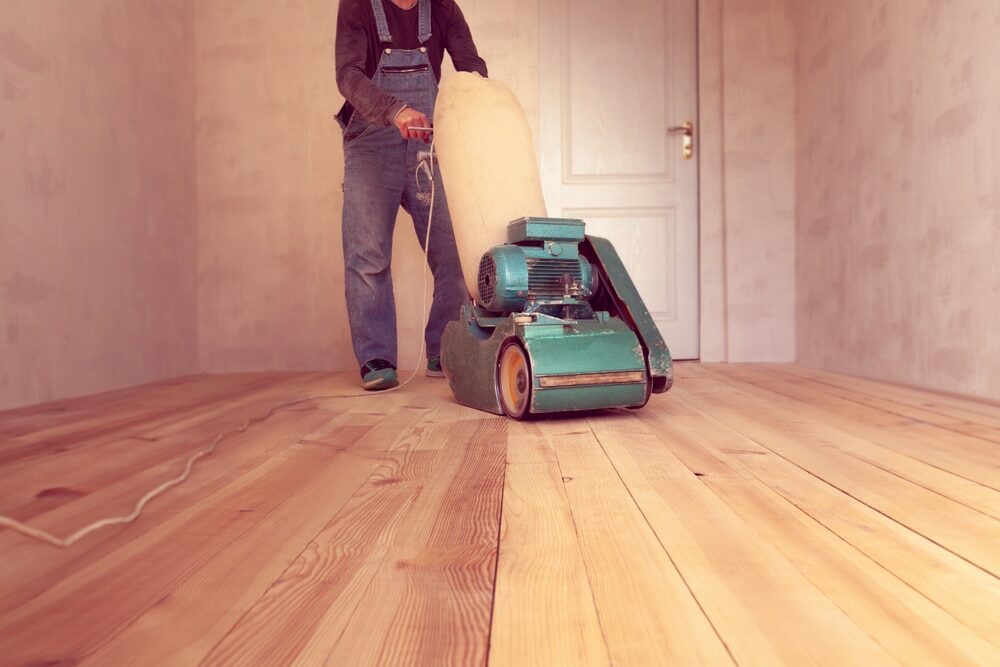
An Introduction to Wood Floor Sanding and Polishing
Wood floor sanding and polishing is a traditional process for renewing the look of your wooden floors. This two-step process includes the following:Sanding
Sanding removes the top layer of your wooden flooring using sandpaper and sanding machines. This step removes imperfections, including scratches, dents, and old varnish, revealing a fresh layer of wood beneath.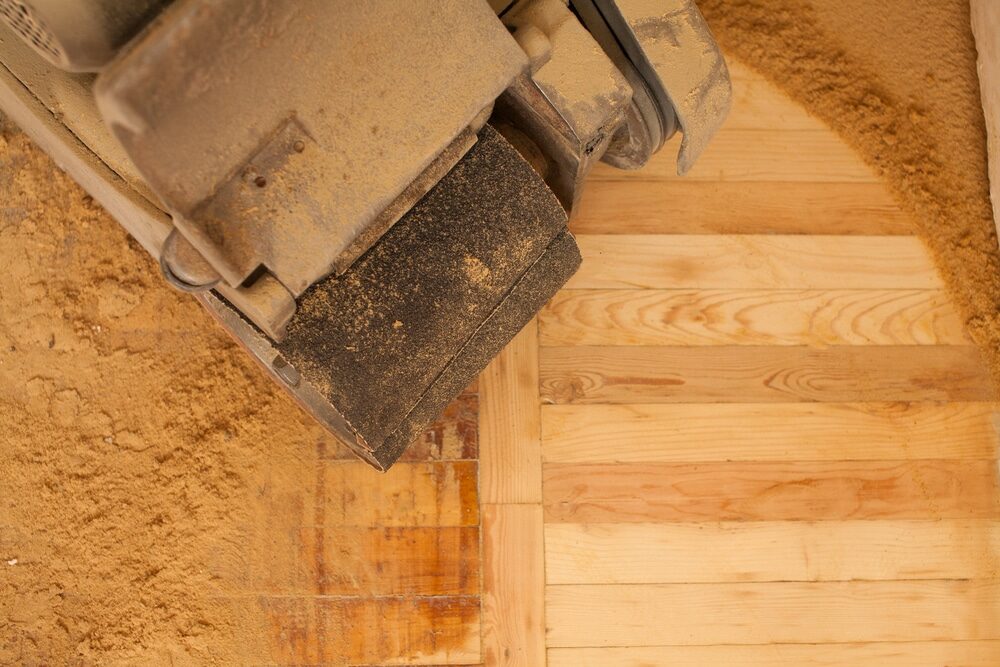
Polishing
Once the sanding process is complete and the floor smooths even, a sealant (usually varnish or polyurethane) is applied. This gives the wood a polished look, adding a layer of protection and enhancing its longevity.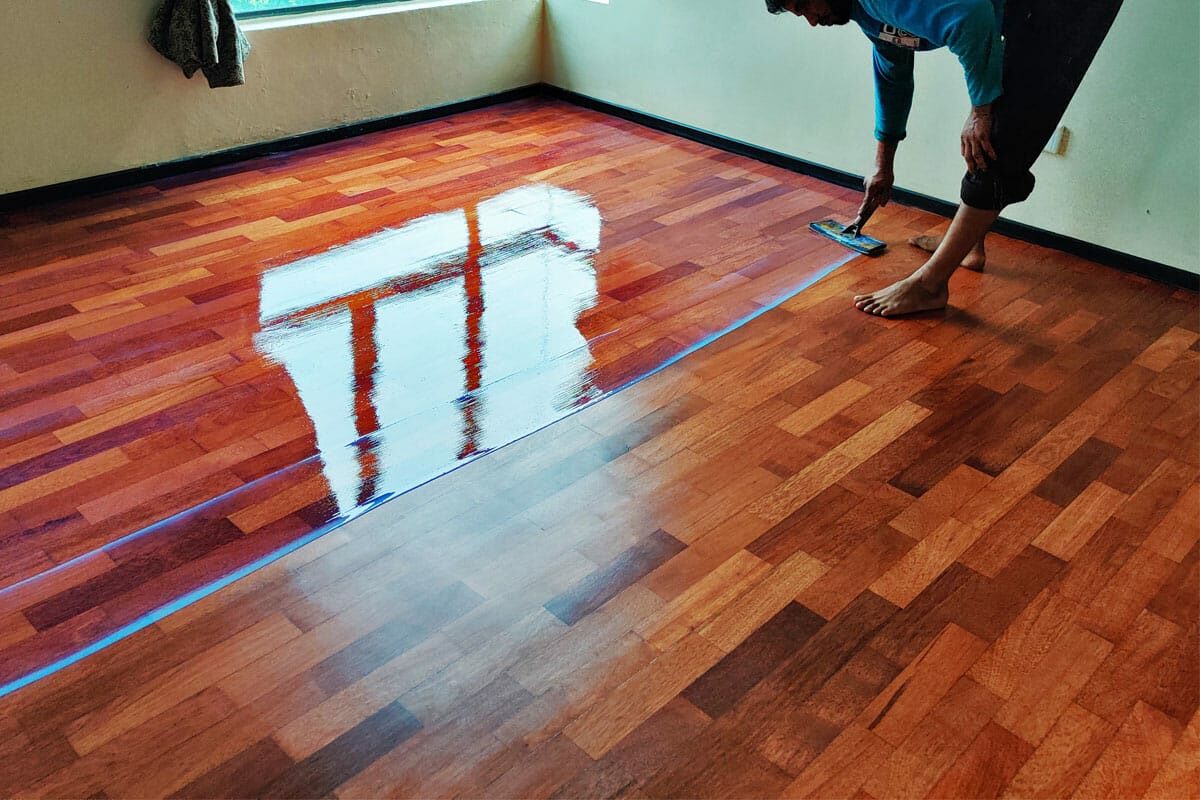
What is dustless floor sanding?
Dustless floor sanding is a newer, more advanced method aiming to minimize dust and disruption. This process utilizes high-powered vacuum systems attached to the sanding equipment, which suck up dust particles as they’re produced, hence the term “dustless”. However, it’s essential to understand that “dustless” doesn’t mean there’s no dust at all. Some dust will always be produced, but this process significantly reduces the amount that ends up in your home.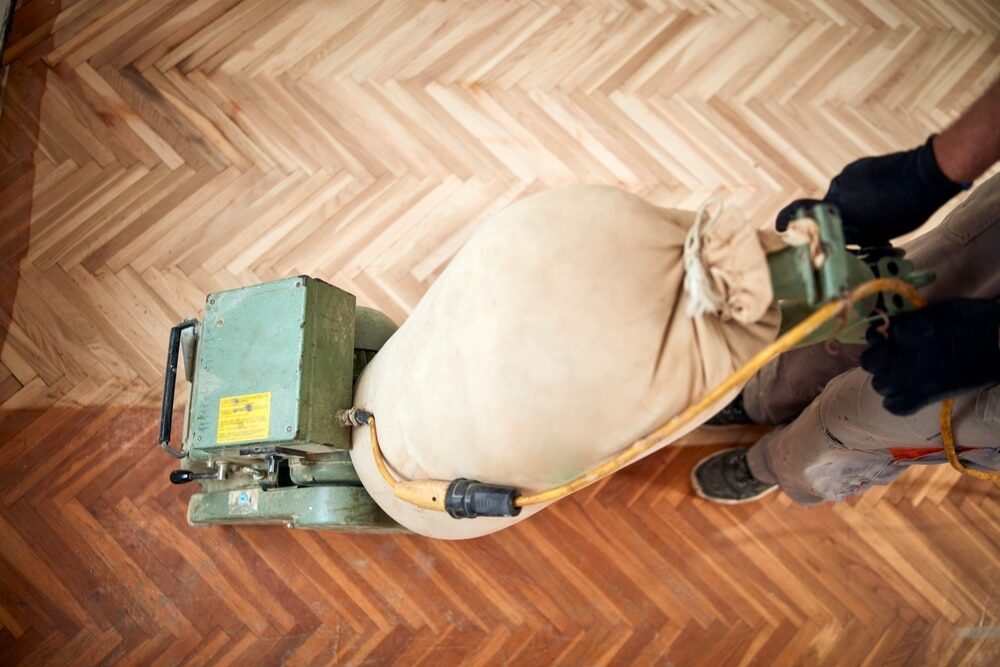
Comparing the two methods
Now that we’ve looked at the basics of these two methods let’s delve into a comparative analysis of traditional wood floor sanding and polishing vs. dustless floor sanding.Dust and disruption
In traditional sanding and polishing, considerable dust is produced, which can spread throughout your home, covering furniture and other items. This requires substantial cleanup and can disrupt your daily life. On the other hand, dustless sanding minimizes this dust production. The attached vacuum system captures most dust, creating a cleaner environment. Dustless sanding is a better choice if you’re sensitive to dust or have allergies.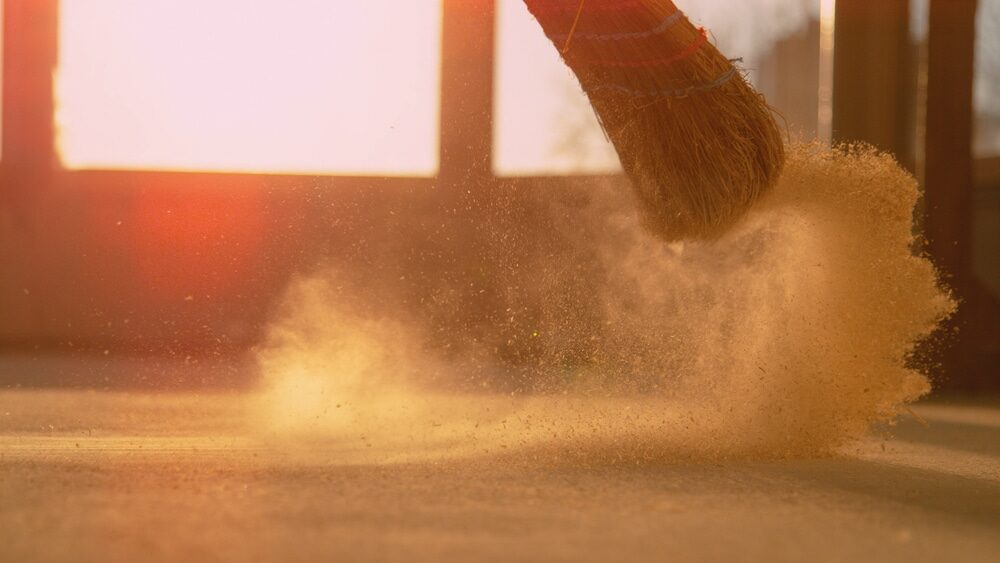
Time
Standard sanding and polishing can be time-consuming, considering the additional time you’ll need for cleaning up afterward. Dustless sanding is typically a faster process. Reducing cleanup time can accelerate your project timeline, allowing you to enjoy your renewed floors sooner.Cost
Traditional wood floor sanding and polishing are generally less expensive because it requires less specialized equipment. Dustless sanding requires more sophisticated machinery, which can increase the cost. However, the higher price might be offset by the time saved on cleanup and the reduced inconvenience.Quality of Results
Both methods can deliver excellent results when done correctly. The main difference lies in the process and the amount of dust produced rather than the final look of your floors. Whether you choose traditional or dustless sanding, a skilled professional should leave you with smooth, beautiful floors.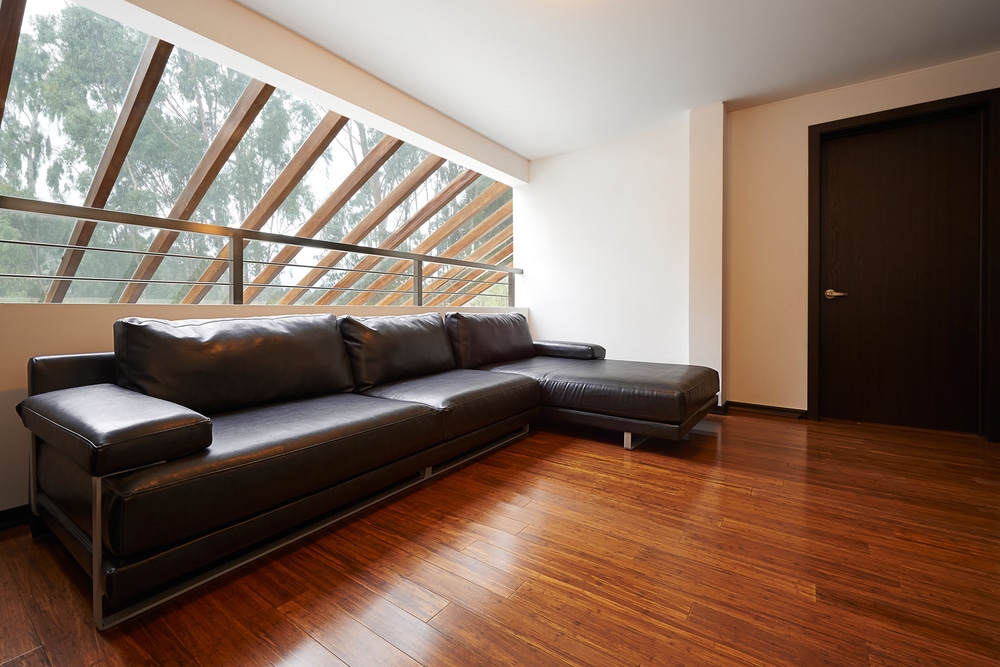
Which method is suitable for you?
Your choice between traditional sanding, polishing, and dustless sanding will depend on your needs and circumstances. Consider the following questions:- How much do dust and disruption concern you?
- Do you have allergies to or sensitivities to dust?
- How quickly do you need the job to be done?
- What is your budget for the project?
- What level of cleanliness do you expect during the process?
Hiring Professionals
Regardless of your chosen method, remember that floor sanding is a complex task requiring skill and experience. While some enthusiastic DIYers might take on this job, hiring professionals is generally recommended. Professionals possess the necessary skills and the right equipment to ensure a job well done. They can guide you on the best method for your situation, ensuring your floors look their best and last for years.Conclusion
Traditional wood floor sanding, polishing, and dustless floor sanding have pros and cons. Your choice depends on your personal preferences, living conditions, and budget. While traditional sanding and polishing can be less expensive, they tend to be messier and more disruptive. In contrast, dustless sanding might cost more, but the reduced dust and cleanup can make the process smoother and more convenient. Ultimately, it’s about achieving beautifully renewed wooden floors with minimal inconvenience. By understanding the differences between these two methods, you can make an informed decision that suits your needs and gives your wooden floors the care they deserve. Remember, whether you opt for traditional sanding and polishing or dustless floor sanding, maintaining your wooden floors is an investment. It’s not just about aesthetics; it’s about preserving your home’s value, comfort, and warmth. A well-cared-for wooden floor can be a robust and elegant foundation for your home for years.Some Useful Links:
- Stairs Sanding & Refinishing
- Floor Sanding Services
- School Floor Sanding
- Wood Floor Restorations
- Wood Floor Repairs
- Wood Floor Polishing
More from our Blog:
Mastering the Art of Wooden Floor Sanding: Know Your Limits Do you Want A Beautiful Wood Floor Restoration? Hire Mr Sander® in London Dustless Wood Floor Sanding: The Efficient & Cleaner Renovation Refinishing Wood Flooring to Best Effect at Mr Sander® Recoating a Wood Floor with Lacquered Finish | Step-by-Step Guide Professional Hardwood Floor Restoration in London Homes
Sanding
We provide virtually dust-free sanding with our continuous belt machinery with mobile extraction units, giving you a safer environment for your family.
Oiling
This organic finish not only adds beauty to your home but also has exceptional water-repellent characteristics, making it easier to clean and maintain.
Waxing
This natural floor finish offers the softest and most mellow appearance – and leaves your floor able to breath.
Buffing
Using soft buffing machines (and hand-polishing where required) will bring a wonderful sheen to your newly-finished floor.
Repairs
We offer a full assessment of your wooden floors to determine what repairs are needed to provide the perfect working surface for the later stages of sanding, staining and sealing.
Restoration
We offer a comprehensive restoration process designed to address floors that are improperly fitted or damaged over time through wear and tear.
Request a fixed price quote for your wood floor restoration now
Simply enter your postcode below to get started.
Services
Wood Floor Sanding Wood Floor Restoration Wood Floor Scratch Repair Squeaky Wood Floor Repair Parquet Floor Sanding Parquet Floor Restoration Commercial Floor Sanding Church Floor Sanding Community Centre Floor Sanding School Floor Sanding Gap Filling Gap Filling with ResinCopyright © Mr Sander®
Privacy & Cookies Terms & Conditions Complaints Procedure Cancellation Rights Sitemap
